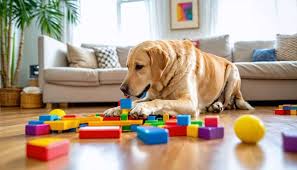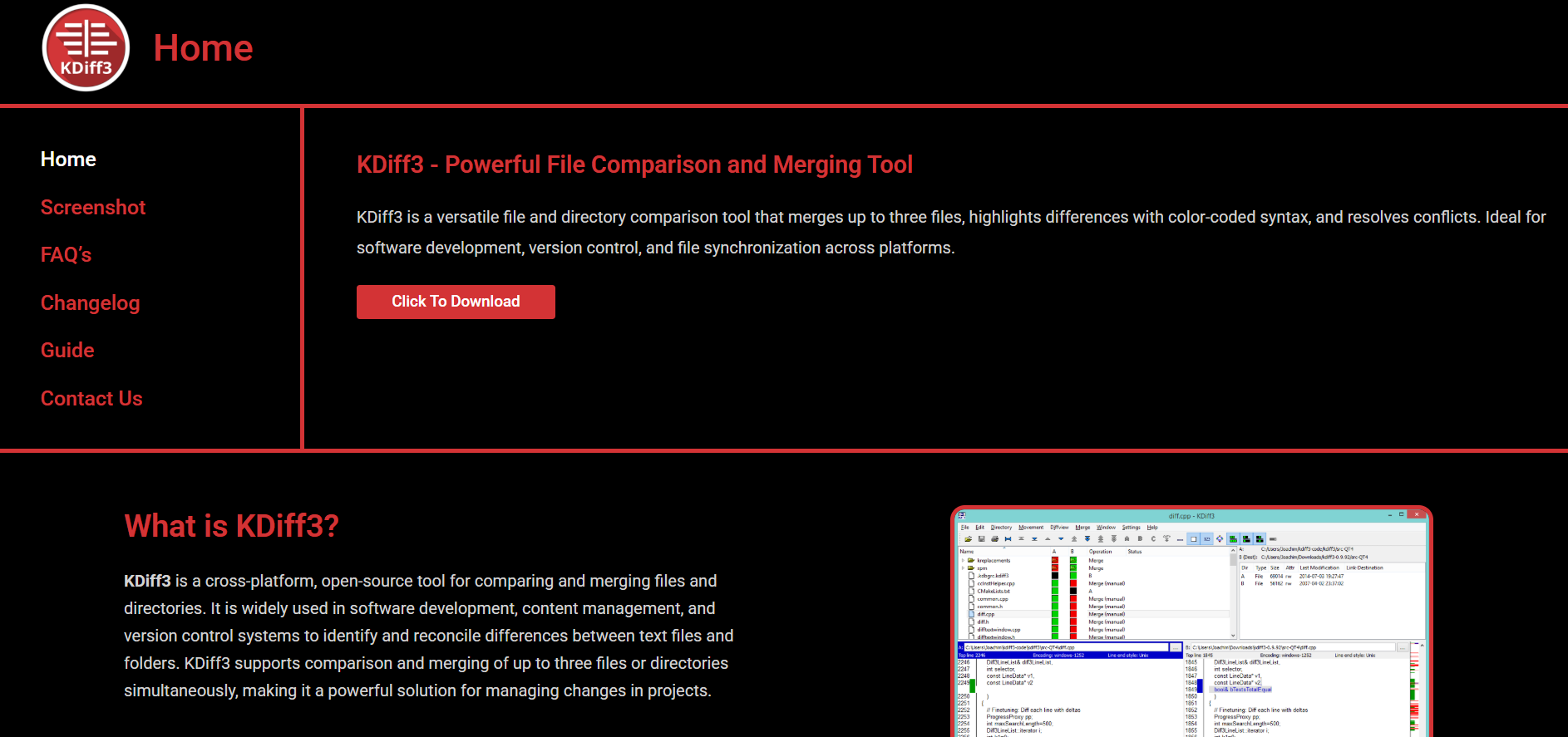Games for Dogs Gain Importance in Enhancing Canine Health and Wellbeing.

Australian pet owners are increasingly recognising that their furry companions need more than daily walks and regular meals. Mental stimulation through interactive games for dogs has become a cornerstone of responsible pet ownership, with 69% of households now investing in cognitive enrichment for their 28.7 million pets.
The shift represents a fundamental change in how Australians view pet care. Where physical exercise once dominated the conversation, mental wellness now shares equal priority. This evolution comes as pet ownership reaches unprecedented levels, with annual spending hitting $33.2 billion across the nation.
Professional training organisations across Australia report unprecedented demand for cognitive enrichment programs. Facilities like Puppy to Dog School have observed a 40% increase in enquiries about mental stimulation techniques over the past 18 months, reflecting growing awareness among pet owners about comprehensive canine wellness.
The Science Behind Australia’s Canine Cognitive Health Revolution
According to recent studies, dogs can acquire about 150 words and count to five, which is equivalent to the mental capacity of a two-year-old child. Regular mental exercise is necessary for this cognitive ability to preserve brain health and avoid behavioral problems.
Humans and dogs both emit oxytocin when they make eye contact, according to scientific research. Often referred to as the “bonding hormone,” this hormone improves the link between humans and animals while also offering quantifiable stress-reduction advantages.
The neurological advantages go well beyond simple amusement. Regular cognitive challenges, according to veterinary neurologists, help dogs’ brains develop new neural pathways, effectively keeping them younger for longer. Given that older dogs in Australia are living longer into their teens, this result is especially important for the country’s aging pet population.
For senior dogs, mental stimulation proves particularly valuable. Regular cognitive challenges can help prevent canine cognitive dysfunction, the equivalent of dementia in humans. Puppies benefit equally, with brain games building confidence and teaching independent problem-solving skills.
Breaking Down Barriers to Destructive Behaviour
When dogs lack adequate mental stimulation, they create their own entertainment. Unfortunately, this often manifests as behaviours owners find problematic: chewed furniture, excessive barking, digging, or separation anxiety.
Australian veterinary behaviourists report that boredom-related destructive behaviour accounts for approximately 30% of behavioural consultations. The good news? These issues are largely preventable through consistent mental enrichment.
Interactive games address the root cause rather than simply managing symptoms. A mentally tired dog is typically a well-behaved dog, sleeping better and showing less anxiety throughout the day.
Training specialists emphasise that games for dogs serve dual purposes: entertainment and education. Marc Thompson, canine behaviour consultant, notes: “Every puzzle session is essentially a training session. Dogs learn patience, persistence, and problem-solving while having fun.”
Australia’s Leading Innovative Game Categories Transforming Pet Care
The Australian pet market has responded enthusiastically to the growing demand for mental stimulation products. Local retailers report significant increases in puzzle toy sales, while veterinary clinics increasingly recommend specific games as part of comprehensive care plans.
Interactive Puzzle Technologies Gaining Market Traction
Commercial puzzle toys have evolved significantly from basic treat-dispensing balls. Today’s options include multi-level challenge systems that adapt to a dog’s improving problem-solving abilities.
- Swedish-designed Nina Ottosson puzzle feeders encourage dogs to work for their food because of their sliding panels and concealed compartments.
- Weighted toys called Kong Wobbler dispensers combine mental and physical exercise by releasing rewards as dogs push them around.
- Snuffle mats are big mats with strips of fabric that conceal treats, promoting organic foraging habits.
The market has responded to diverse needs and budgets. Premium interactive toys can cost $50-150, while simpler options start around $15-25. This price diversity ensures that effective games for dogs remain accessible across different socioeconomic groups.
DIY Solutions Trending Among Cost-Conscious Pet Owners
Rising pet costs, with average dog acquisition prices reaching $1,793, have prompted many owners to explore homemade alternatives. These DIY solutions often prove just as effective as commercial options while fostering creativity in pet care approaches.
- Nested container puzzles: Using plastic storage bowls of decreasing sizes with treats hidden between layers
- String-pull challenges: Tying treats to ribbons and hiding them under furniture where dogs must figure out the pulling mechanism
- Household agility courses: Using dining chairs for weaving and broomsticks for jumping
These solutions require minimal investment while providing substantial mental engagement. Many owners report that their dogs show equal enthusiasm for homemade puzzles as expensive commercial alternatives.
The DIY trend has sparked online communities where pet owners share innovative game designs. Social media platforms feature countless videos of creative games for dogs, inspiring others to develop personalised enrichment programs.
Professional Integration: From Veterinary Clinics to Corporate Wellness
The mental stimulation movement has extended beyond individual pet ownership into professional settings. Therapy dog programs in schools, hospitals, and workplaces increasingly incorporate interactive games to maximise therapeutic benefits.
Dogs Connect, a pioneering Australian mental health program, integrates wellbeing dogs into educational and healthcare environments. Their approach combines traditional therapy techniques with cognitive enrichment activities.
Professional dog trainers report growing demand for mental stimulation consultations. Training centres like Puppy to Dog School have expanded their services to include cognitive fitness programs alongside traditional obedience training, particularly for teenage and rescue dogs who often require specialised mental enrichment approaches.
The commercial opportunities are substantial. Australia’s pet grooming market, worth $160 million annually, increasingly offers enrichment services. Many grooming facilities now provide puzzle toys and brain games during appointment waiting periods.
Corporate wellness programs have begun incorporating pet mental health education for employees. Several major Australian companies now offer workshops on games for dogs as part of employee benefits packages, recognising the connection between pet wellbeing and owner stress levels.
Implementing Evidence-Based Gaming Strategies: Expert Guidelines
Strategic planning is more important for successful mental stimulation than presenting puzzles at random. Various dogs require different methods according to their breed, age, and temperament.
Simple games that foster confidence without being frustrating are beneficial for young dogs. Modified puzzles that retain cognitive challenge while accommodating physical limitations may be necessary for senior dogs.
Experts advise progressively raising the difficulty of puzzles by beginning with simpler ones. This process reduces frustration and increases confidence in one’s ability to solve problems. Although high-energy breeds may need more, most dogs need 15 to 30 minutes a day of concentrated mental stimulation.
Choosing the right materials and overseeing the first sessions are two aspects of safety. Puzzles with small parts or breakable components should never be left alone by dogs.
Measuring Success: Behavioural and Health Indicators
Within days or weeks, successful brain stimulation programs yield noticeable changes. Better sleep habits, less destructive behavior, and more composure when spending time alone are all signs of progress.
gains in behavior are frequently accompanied by gains in physical health. Numerous owners claim that their dogs’ appetites are better controlled, they are more focused during training, and they experience less fear when performing daily tasks like grooming or going to the clinic.
Increased frustration, a decline in interest in games, or a reversal of previously taught behaviors are warning indicators that changes could be necessary. In these cases, expert trainers or veterinary behaviorists are usually consulted.
The mental stimulation revolution reflects Australians’ evolving understanding of pet ownership responsibilities. Dog games have evolved from optional pleasure to vital medical treatment as studies on the value of cognitive enrichment continue to be conducted.
In terms of behavior, connection, and quality of life, mental stimulation is an investment in the long-term health of your cat. Cognitive stimulation has become as essential as food, water, and shelter for the 6.4 million canines who live in Australia.



